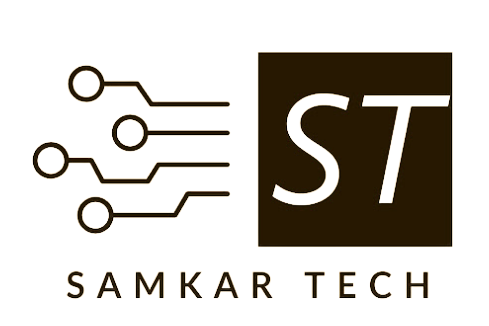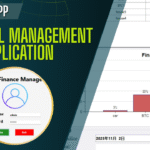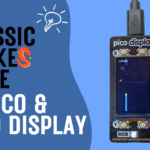Introduction
On the 21st century new breakthrough on the technology seems endless, New types of system or techniques are rolled out almost instantaneously. Internet of things(IOT) seems a breakthrough in a smart technology. It describes the network that incorporate the sensors, software and other technologies to connect and exchange data with other devices and systems over the internet. These devices range from everyday products such as kitchen appliances to complex industrial equipment.
In IoT, the word things meant the active participant. This must be that much dynamic that they contribute in exchange of data, social process and in other areas. Usually, the devices must be that much smart and reliable that they change their state, start query and perform the defined task when an event trigger. This approach helps and give opportunity for more direct interaction between real / physical world with the computer-based system. Another perspective of internet of thing is all about making one business information and data to get carried in different ways.
It provides the connective environment to internet and collaborate with each other. Object makes themselves recognizable and they obtain intelligence by making or enabling content related decision.

Iot mainly has three component.
- Devices/sensors
- Getways and network
- Systems
Sensor
A sensor is a tool capable of detecting environmental changes. A sensor alone is useless, but it plays an important role if we make use of it in an electronic device. A sensor can measure and transform an electrical signal into a physical process such as pressure, temperature, and so on. With smart technology, we can get any job done with our voice command. With the help of Alexa, we can directly connect with the delivery person at our doorstep, dim the lights on our command and what not. But the real challenge lies in the fact of how we are taking these technologies for granted. An IoT system generally has innumerable small embedded sensors that are capable of collecting and transmitting data across a wide range of devices. This information is provided live and is extremely precise, which allows businesses to clearly see where they should make improvements and changes to their processes and products.
Network&getway
Network & getway provides the path to transfer the data also ensure the optimum security of the data. The gateway provides an interface between backbone and sensor networks, and acts as a communication layer through which the data are being published and consumed. The IoT devices are typically connected to the Internet via an IP (Internet Protocol) network. However, devices such as Bluetooth and RFID allow IoT devices to connect locally. In these cases, there’s a difference in power, range, and memory used. Connection through IP networks are comparatively complex, requires increased memory and power from the IoT devices while the range is not a problem. On the other hand, non-IP networks demand comparatively less power and memory but have a range limitation.
System
System regularly receives the data from the sensor. So, IOT used cloud to store the data and also provide the platform of analytics. This could be very simple, such as checking that the temperature reading is within an acceptable range. Or it could also be very complex, such as using computer vision on video to identify objects. Next, the information is made useful to the end-user in some way. This could be via an alert to the user (email, text, notification, etc.). For example, a text alert when the temperature is too high in the company’s cold storage. Also, a user might have an interface that allows them to proactively check in on the system. For example, a user might want to check the video feeds in their house via a phone app or a web browser.
Here are some advantages of IoT :-
- Improved efficiency and productivity in various industries through real-time monitoring and data collection.
- Enhanced customer experience through personalized and connected services.
- Increased safety in various environments through the use of sensors and real-time monitoring of critical systems.
- Reduced costs through predictive maintenance and automated processes.
- Greater accuracy in decision making through the use of real-time data and analytics.
- Enhanced quality of life through the use of smart home devices and wearable technology.
- Improved supply chain management through real-time tracking and monitoring of goods.
- Greater flexibility and scalability in various industries through the use of cloud-based IoT solutions.
Also read





Discussion (0)
Share Your Thoughts